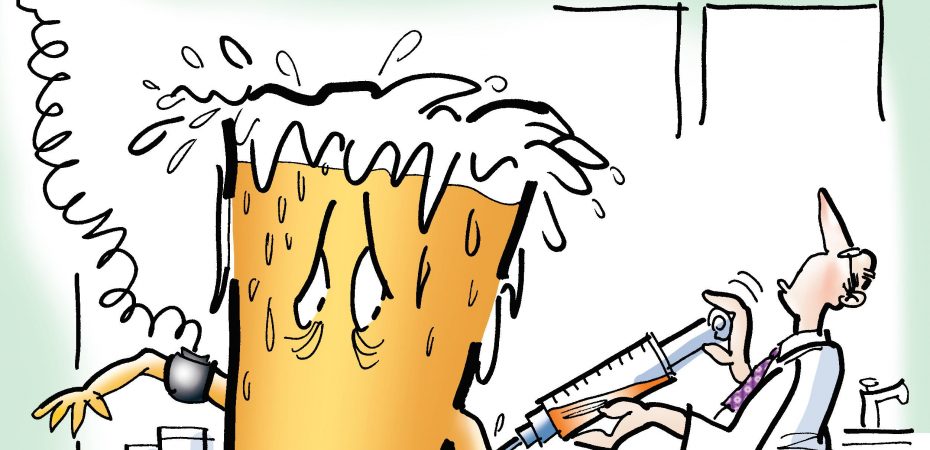We have all been there. It’s your turn to be the designated driver, but now you’re at the bar you really want a beer. So what do you do, go for the soft drink option or order a low alcohol beer? Let’s face it not many of us would actually order a low alcohol beer would we?
A quick glance at the sales figures would suggest that perhaps most of us would choose soft drinks over low alcohol beer. For example in the United Kingdom low alcohol beer grew to occupy 1.1 per cent of beer sales in 1989. But this had declined to just 0.3 per cent of sales six years later.
But with increasingly stringent drink driving laws, greater awareness of the health issues associated with alcohol consumption and the negative media attention associated with binge drinking, perhaps there is a growing demand for products that are low in alcohol but still have the great taste of beer.
First introduced in prohibition America the definition of a non or low alcohol beer varies from country to country and can be a little confusing. For example in the UK there are essentially three categories, reduced alcohol beer containing between 1.6-2.5% alcohol by volume. Low alcohol beer where the beer contains less than 1.2% ABV and alcohol free beers which must have no more than 0.05% ABV.
However, in the United States a beer-like beverage which contains less than 0.5% ABV can legally be called non-alcoholic but cannot be described as beer. All very confusing, therefore for ease of definition in this article low alcohol beers can be defined as containing an alcohol content of less than 2.5% ABV and alcohol free as 0.05% ABV.
So how are low, and alcohol free beers brewed?
Essentially there are two main ways of brewing a beer with low levels of alcohol. You can limit fermentation so that the yeast is unable to produce alcohol or you can remove the alcohol from a normally brewed beer.
The earliest low alcohol beers were all brewed using the first method of limited fermentation. The aim of limited fermentation is to allow the yeast to produce the flavour compounds that we would typically associate with a beer but only produce low concentrations of alcohol. This of course is very difficult to achieve and in practice tends to lead to beers which are overly sweet. However, there are a number of ways by which a brewer can limit fermentation and therefore brew a low alcohol beer without having to invest in specialised equipment so the method does have its attractions.
A very common limited fermentation technique utilised by brewers is to allow a normal fermentation to occur until a certain alcohol concentration is reached, for example 2.5% ABV. The brewer will then stop the fermentation by removing the yeast. This is often achieved by rapid cooling of the fermenting beer to a temperature of 0ºC. The sudden drop in temperature causes yeast to sediment out of the beer in ambient pressure distillation can have a negative impact on beer flavour. Fortunately if you carry out the distillation under vacuum lower temperatures can be employed. This is because, as anybody who has made a cup of tea up a mountain or, for those of us who prefer a more sedate life, used a pressure cooker will know if you vary the pressure water will boil at different temperatures.
Article continues in Beers of the World Magazine issue 20

